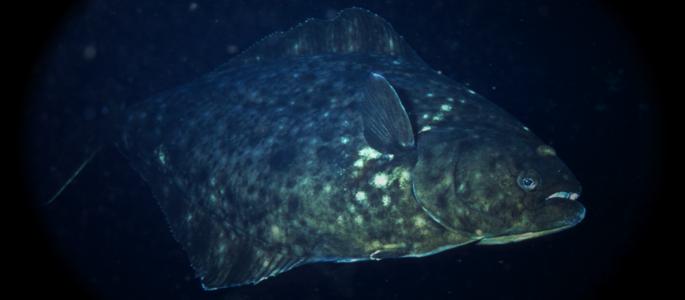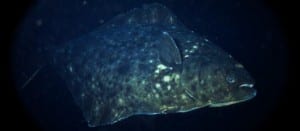Commercial and charter fishing fleets in Southeast Alaska and the central Gulf could see some small increases in their catch of halibut for next year.
That’s based on preliminary numbers presented this week by staff of the International Pacific Halibut Commission. The IPHC oversees management of the bottom fish in the U.S. and Canada and is holding its interim meeting this week in Seattle.
IPHC scientist Ian Stewart presented the latest estimates of halibut stocks along with trends in coastwide catches. “In aggregate, the results are a little bit more optimistic,” Stewart told the commission Tuesday. “As you’ll see from the decision table and even from some of the catch tables, this year’s results are a little bit more optimistic than we’ve seen in the last couple of stock assessments. Given a stable trend I think there’s some good news to be reported this year.”
Stewart presented staff numbers on different levels of harvest the commission could adopt for 2015. Based on what are called the “blue line” numbers presented by staff, the total coastwide catch next year would be just over 25 million pounds, down from the 27 and a half million pounds adopted for this past year. The blue line represents long-standing harvest percentages applied to the estimated legal-sized halibut for each regulatory area. The commission does not always choose to adopt those harvest levels. Last year, for instance, commissioners went with higher catch levels in some areas.
In Southeast, area 2C, the blue line number for the commercial and charter fleets combined would be 4.3 million pounds in 2015, up just slightly from this past year. The central Gulf, area 3A, would see a little bigger increase, up above 10 million pounds, compared to 9.43 million this year.
That breaks down to 3.4 million pounds for the commercial fleet in Southeast, up from 3.3 this year. In the central Gulf the commercial catch would be 7.8 next year, up from 7.3 million.
Several areas of the coast would see catch reductions. The largest would be in British Columbia. Other decreases would be in Oregon, Washington and California as well as a portion of the Aleutian Islands.
Stewart reported that halibut are smaller than they have been in recent decades; there’s the same number of fish, but they weigh less. He also told the commission about a large shift in location for the halibut stocks away from the Bering Sea and Aleutian Islands and toward Southeast Alaska, British Columbia and the U.S. west coast. “What we’ve seen in aggregate is a very big change in how the stock has been distributed,” Stewart said. “We’ve gone from two thirds of the stock out west, to one third of the stock. And from 12.5 percent of the stock in the east to almost a third of the stock in Area 2, which is a very big change in the distribution of the stock.”
Commissioners from the U.S. and Canada do not vote on next year’s catch limits until next month. That happens at the IPHC’s annual meeting at the end of January in Vancouver.











